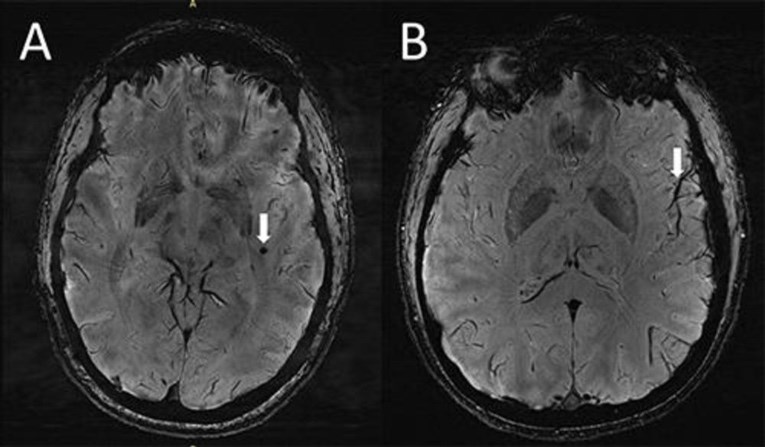PHOTO | Magnetic resonance imaging showed what migraines do to the brain

Many aspects of the migraine remain a medical mystery, but scientists have now made a step forward in understanding the condition. With an MRI of the patient, they can see the effects that migraines have on the brain.
The results, which will be presented next week at the annual meeting of the Radiological Society of North America, were obtained by imaging 10 participants with chronic migraines, 10 with episodic migraines without aura and five people who were part of a control group. The participants were aged between 25 and 60 years.

When analyzing the MRI results, the researchers noticed that those with chronic or episodic migraines had significantly enlarged perivascular spaces, which are located around blood vessels and help clear fluid from the brain, compared to those without migraines.
"In people with chronic migraine and episodic migraine without aura, there are significant changes in the perivascular spaces of a region of the brain called the semioval center," said Wilson Xu, a doctoral student at the University of Southern California School of Medicine and co-author of the study.
"These changes have never been reported before." We are not sure of the exact relationship between migraines and perivascular spaces, but it could involve blood flow to the brain. "We think that when a migraine occurs, it can cause these changes, which in turn can lead to some of the symptoms that we experience when we have a migraine," he told USA Today.

Migraine is one of the most difficult conditions faced by people around the world. Common migraine symptoms include severe pain, nausea, fatigue and cognitive dysfunction.
A study published in April concluded that at least 15 percent of the world's population, or 1,1 billion people, have a headache every day. Of those individuals, half have migraines. Despite how many people suffer from migraines, there is no known cause or cure. Experts have identified potential migraine triggers and believe it is a genetic disease, and preventative steps are currently the best course of action.


